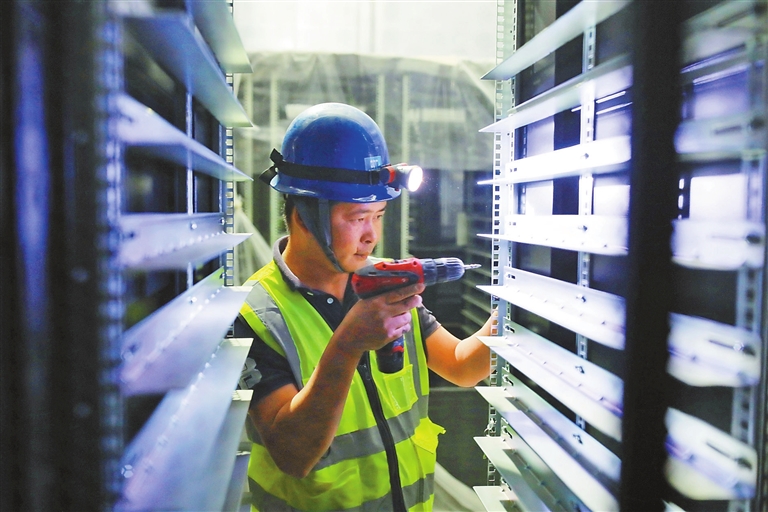
THE country’s Internet industry has seen robust growth in recent decades, but its data centers, large-scale servers and cellular base stations are consuming energy at a faster pace. Hence, China’s tech firms have started to work on green solutions. According to a report by China’s State Grid Energy Research Institute, the electricity consumption by data centers alone in 2020 is estimated to exceed 200 billion kWh, accounting for 2.7 percent of the country’s electricity consumption. By 2030, the data center electricity consumption in China will exceed 400 billion kWh, accounting for 3.7 percent of the country’s total electricity consumption, the report added. “The electricity consumption of China’s Internet industry is growing at an annual rate of about 10 percent. It will double in seven or eight years, and become a major source of energy consumption in the future,” Prof. Wang Yuanfeng of Beijing Jiaotong University said. Wang, a carbon emission reduction expert and an advocate of green development, said enterprises in the sector should act quickly to build greener Internet infrastructure. China’s tech giants, such as Huawei and Tencent, have been trying to build a zero-carbon Internet industry. In Mobile World Congress Shanghai 2021 held in February, Huawei unveiled its solution for zero-carbon network, including minimalized base stations, server rooms, data centers and wide use of green electricity. Vice president of Huawei and president of its digital power product line Zhou Taoyuan said Huawei can reduce energy consumption by using high-performance, low power-demand and highly-integrated servers, and minimizing the room occupation of base stations. Its data centers can use indirect evaporative cooling technology to save 17 percent energy compared to traditional chilled water solution, Zhou added. Senior vice president of Sugon Energy Yao Yong believes that the improvement of liquid cooling technology is the best way to break the bottleneck of data center energy efficiency. “It can improve servers’ stability, efficiency and service life, and improve the deployment density of servers. The data centers can be more environmentally friendly with less noise and more recycled spare heat.” Tencent has chosen regions with sufficient green energy to build its data centers, such as Huailai in North China’s Hebei Province that has abundant wind electricity, or Qingyuan in South China’s Guangdong Province that has abundant hydro power. In Qingyuan, besides consuming hydroelectricity, data centers have used high-efficiency power module, and free cooling technology which uses natural cold sources, to cut the Power Usage Effectiveness (PUE) value down to 1.25. PUE is a measure of how efficiently a computer data center uses its power. The lower the PUE, the greener the data center. In 2019, China’s Ministry of Industry and Information Technology, National Government Offices Administration and National Energy Administration jointly issued a guideline to promote green data centers, proposing that by 2022, the PUE value of the country’s newly built large and super-large data centers should be below 1.4. (Xinhua) | 
